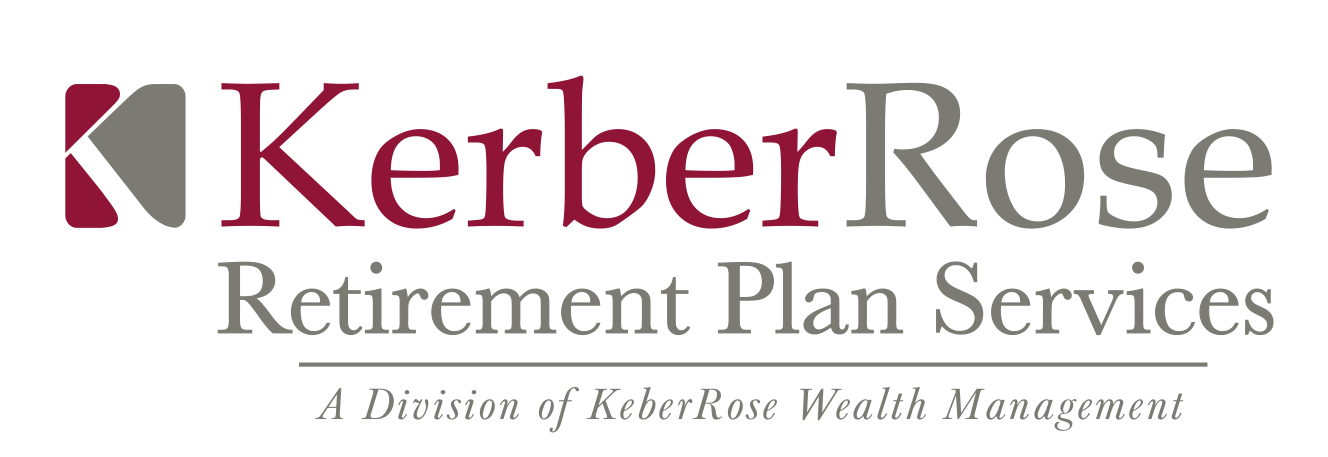Closing the Retirement Gender Gap
Despite the fact that women tend to live longer, female workers typically have lower retirement account balances than their male counterparts. Many factors may contribute to this disparity, including lower earnings, greater part-time work and time off for child and eldercare, lower levels of financial literacy and lower risk/lower return investment choices.
As a result, women can face significant hardships during their retirement years, which they may have to deal with on their own. Is there anything retirement plan advisors can do to help reverse this troubling trend? A 2015 study by several state agencies in Wisconsin attempted to answer this question.
EMPOWERing Women
Researchers examined the effect of a multimedia education program called Embracing and Promoting Options for Women to Enhance Retirement (EMPOWER), geared toward increasing female employees’ retirement savings by providing educational content and increasing motivation for contribution. Data was collected on 31,000 male and female Wisconsin public sector workers.
Over a period of several months, some employees received information, motivation and challenges via multimedia channels including email, webinars and live presentations. Workers were not incentivized to participate and were offered individual financial counseling sessions to address their individual retirement needs. To measure the impact of the program on retirement savings, administrative data over four years compared savings rates between men and women before and after implementation and among agencies that did and did not use the EMPOWER protocol.
The study found that women who received the educational program increased their contributions by 2.6 percent, effectively reducing the gender retirement gap in this sample by more than 50 percent.
Employers Can Make a Difference
These findings suggest that the departments tasked with helping employees improve their financial wellness have a potentially powerful tool at their disposal that can help women increase their retirement preparedness. By improving female employees’ financial literacy and motivation for greater participation in retirement savings programs, employers are empowered to close the financial wellness gender gap by a significant margin.
